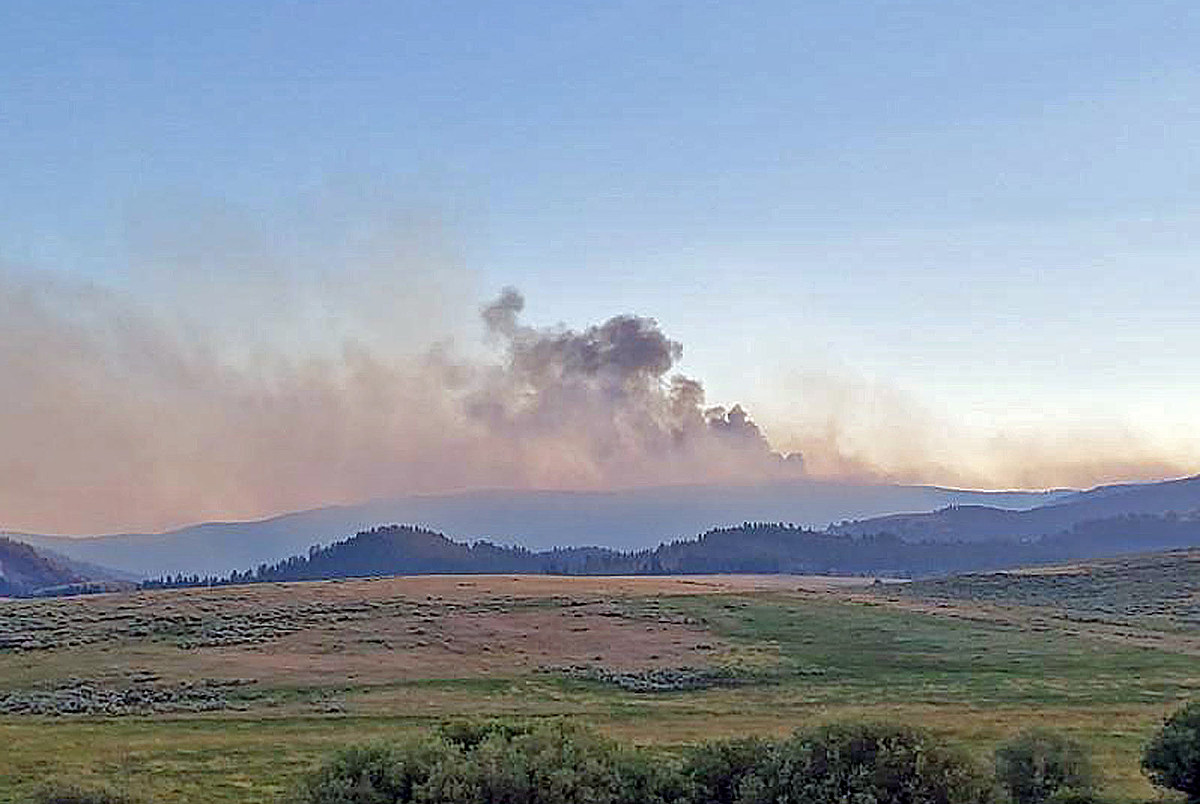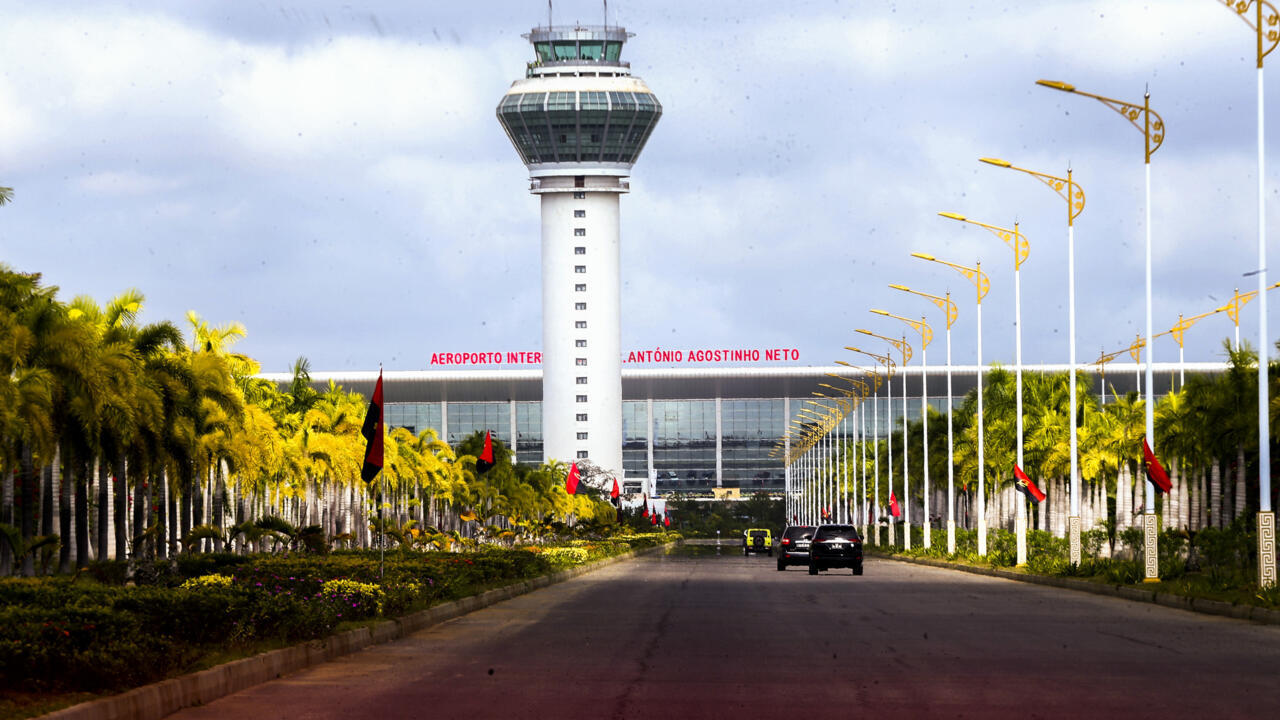In the vast Canadian province of Saskatchewan, an uninvited guest has overstayed its welcome, casting a hazy pallor over the landscape and daily life—smoke. With smoke continuing to drift across the province, causing relatively high levels of air pollution, many residents are left wondering when these smoky conditions will finally clear up.
According to Environment Canada meteorologist Terri Lang, the majority of the smoke Saskatchewan has been witnessing is blowing in from afar. The primary contributors are the wildfires in the Northwest Territories and British Columbia, which have been belching out vast plumes of smoke. However, Saskatchewan isn’t entirely innocent in this smoky equation, as there have been a few local fires contributing to the mix. Alberta has also chipped in with some residual smoke from its own wildfires.
As of a recent update, the Saskatchewan Public Safety Agency reported 30 active wildfires in the province. While one was contained, one remained uncontained, and firefighting crews were diligently protecting property at four of these fires, with 24 under close monitoring. In total, there have been 449 wildfires in the province this year, significantly surpassing the five-year average of 374 for this time of the year. The relentless march of these wildfires, combined with certain weather conditions, has led to the persistence of the smoky shroud over Saskatchewan.
Special air quality statements have remained in effect for parts of eastern Saskatchewan and areas in the far north. Although the statements for major urban centers like Regina and Saskatoon were lifted earlier in the day, the question on everyone’s mind is when they can finally expect relief from these smoky conditions.
Meteorologist Terri Lang candidly admits that predicting the departure of this unwelcome guest is akin to the million-dollar question. She explains that several factors come into play, and it’s a dynamic situation. While it’s typical for smoky conditions to wane as summer transitions into fall, this year has thrown a curveball. British Columbia experienced high temperatures and strong winds over the weekend, exacerbating their wildfire situation. Meanwhile, the Northwest Territories have also witnessed warm and dry conditions, which have helped these fires persist. With September maintaining its warmth and dryness across much of Western Canada, there’s been nothing to halt the relentless march of these wildfires.
The impact on Saskatchewan has been significant. For instance, as of the latest update, Regina has endured a staggering 257 hours of smoke this season alone. To put this into perspective, the previous record, set just last year in 2021, stood at 184 hours. But Regina is not alone in experiencing this unprecedented smoke invasion; other cities like Saskatoon, Prince Albert, and La Ronge have also set new records for smoke hours this year.
In the face of this ongoing challenge, Environment Canada advises residents to remain vigilant. Monitoring the Air Quality Health Index is crucial, especially when special air quality statements are in effect. Engaging in strenuous outdoor activities during such conditions is discouraged. This advice applies particularly to vulnerable groups, including the elderly, pregnant individuals, outdoor workers, children, and those with pre-existing health conditions.
The persistence of smoky conditions in Saskatchewan serves as a stark reminder of the complex interplay between climate, wildfires, and air quality. While the desire for clear skies and clean air remains strong, residents are urged to stay informed, take necessary precautions, and maintain hope that, in time, these unwelcome smoky days will give way to the crisp, clear days of autumn that Saskatchewan so eagerly anticipates.














